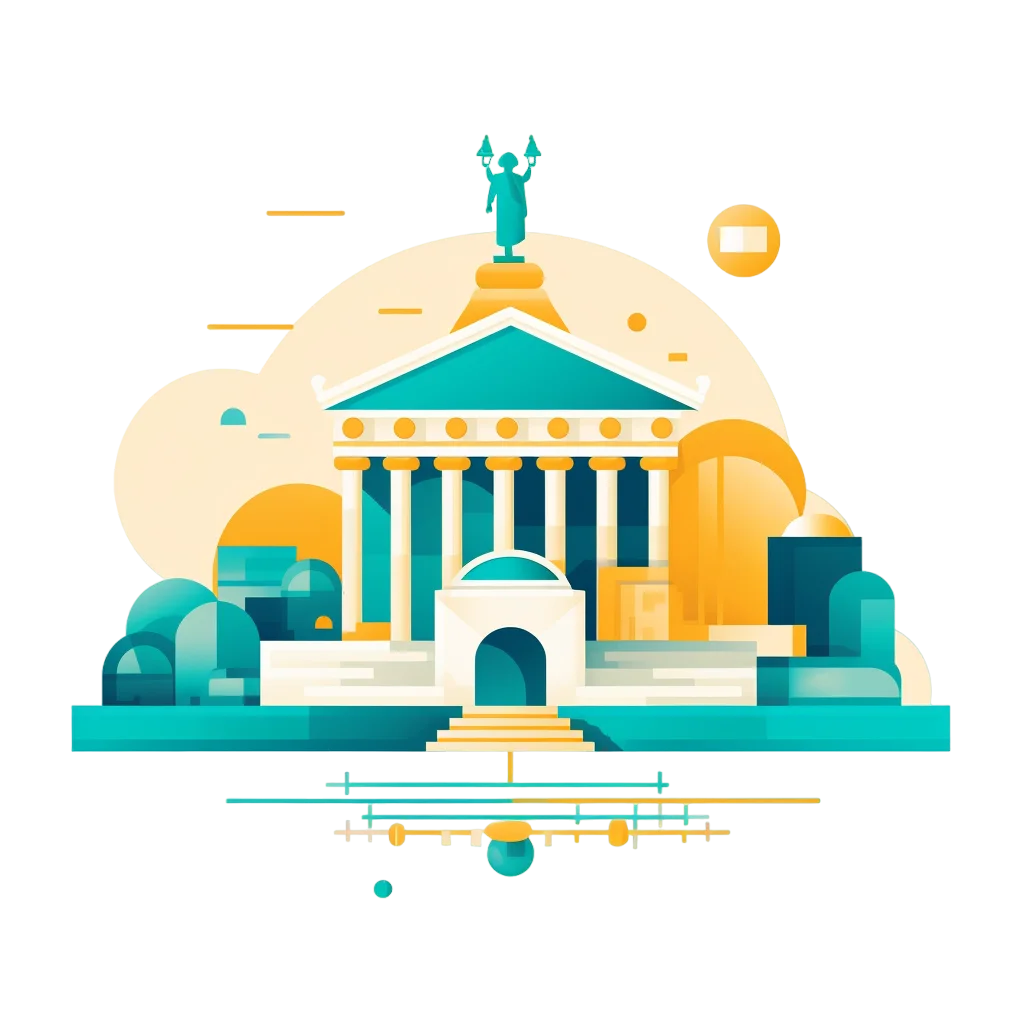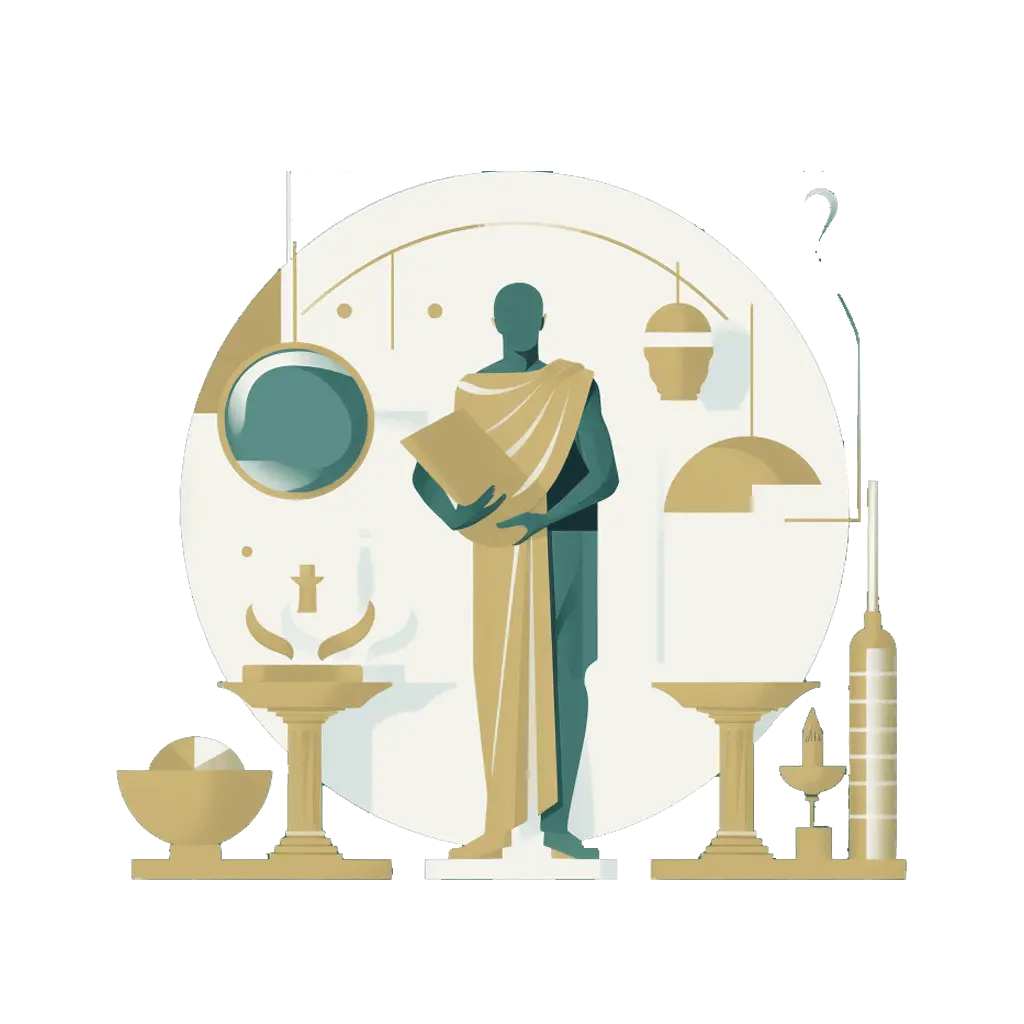
Mastering TOGAF: A Comprehensive Guide to Enhancing Enterprise Architecture
Introduction to TOGAF and Its Relevance in Modern Business
TOGAF, or The Open Group Architecture Framework, has established itself as the de facto framework in the realm of enterprise architecture. It offers a comprehensive approach to designing, planning, implementing, and governing an enterprise information architecture. TOGAF is a tool for assisting in the acceptance, production, use, and maintenance of enterprise architectures. It is based on an iterative process model supported by best practices and a re-usable set of existing architecture assets.
The Core Components of TOGAF
The Architecture Development Method (ADM
The ADM forms the backbone of TOGAF. It is a step-by-step approach that guides architects through the process of creating a holistic enterprise architecture. The ADM cycle includes eight phases:
- Preliminary Phase: Framework and principles
- Phase A: Architecture Vision
- Phase B: Business Architecture
- Phase C: Information Systems Architectures
- Phase D: Technology Architecture
- Phase E: Opportunities and Solutions
- Phase F: Migration Planning
- Phase G: Implementation Governance
- Phase H: Architecture Change Management
Each phase is interconnected and allows for continuous feedback and adaptation.
The Enterprise Continuum and Tools
This component provides a model for structuring a virtual repository and methods for classifying architecture and solution artifacts. It is divided into the Architecture Continuum and the Solutions Continuum.
The TOGAF Content Framework
It includes a detailed model of architectural work products, including deliverables, artifacts, and building blocks.
The Reference Models
TOGAF includes two foundational reference models:
- The TOGAF Technical Reference Model (TRM)
- The Integrated Information Infrastructure Reference Model (III-RM)
The Significance of TOGAF in Business Transformation
TOGAF helps organisations align IT strategy with business goals, ensuring that the enterprise responds quickly to technology changes and can harness innovation. It promotes a standardised approach for enterprise architecture to reduce errors, stay within budget, and align IT and business units.
Implementing TOGAF: A Step-by-Step Approach
Assessing Current State
Understanding the current architectural state is crucial. This involves analysing existing processes, systems, and structures to determine the baseline for change.
Defining Future State
Envisioning the future state includes identifying business goals and objectives and how these will be achieved through technology.
Gap Analysis and Planning
This step involves identifying the gaps between the current and future states and developing a roadmap to bridge these gaps.
Execution and Governance
Implementing the roadmap requires coordinated efforts across various IT and business departments. Governance frameworks ensure that the enterprise architecture adheres to defined standards and practices.
Best Practices for Successful TOGAF Implementation
- Stakeholder Engagement: Ensuring all stakeholders understand and support the TOGAF process.
- Customisation: Adapting TOGAF to fit the unique needs of the organisation.
- Continuous Learning and Adaptation: Keeping up with evolving TOGAF standards and practices.
Conclusion: The Strategic Advantage of TOGAF
TOGAF is more than a methodology; it's a strategic tool that positions organisations for long-term success in a rapidly changing digital world. By embracing TOGAF, businesses can ensure that their IT infrastructure is agile, responsive, and aligned with business objectives, driving efficiency and innovation.





